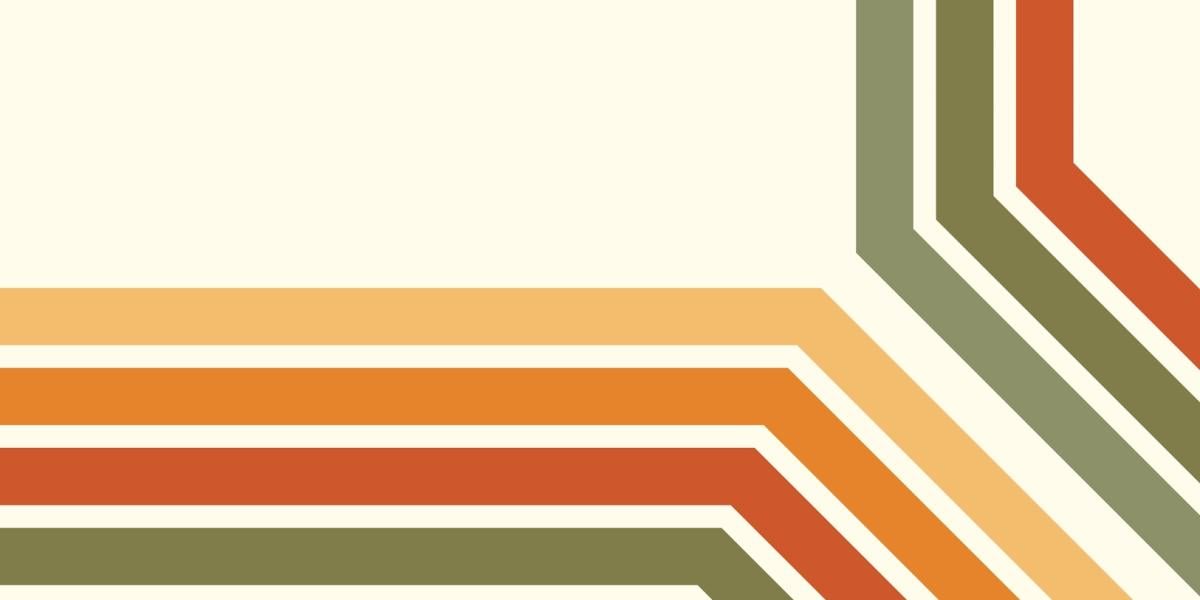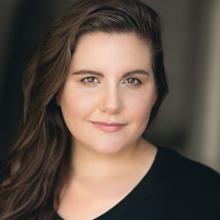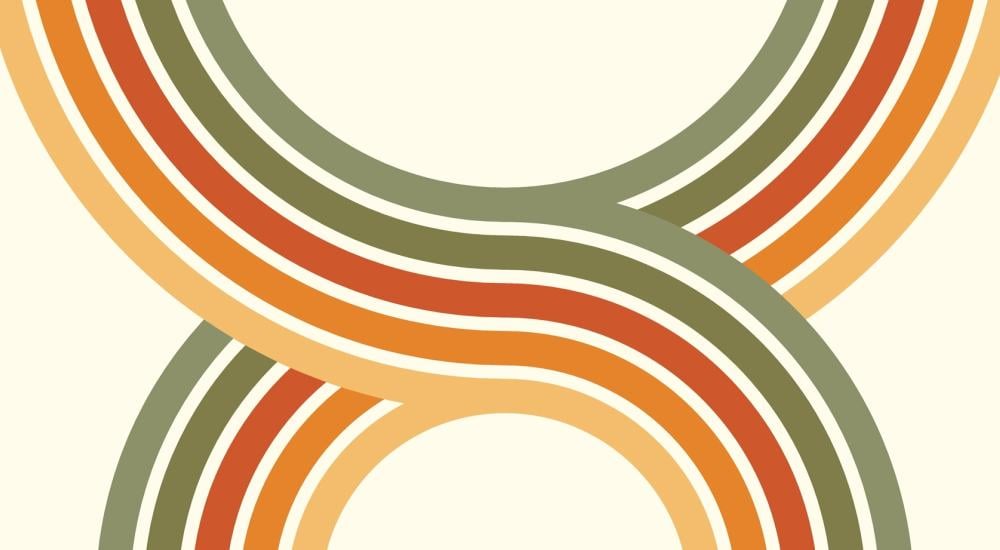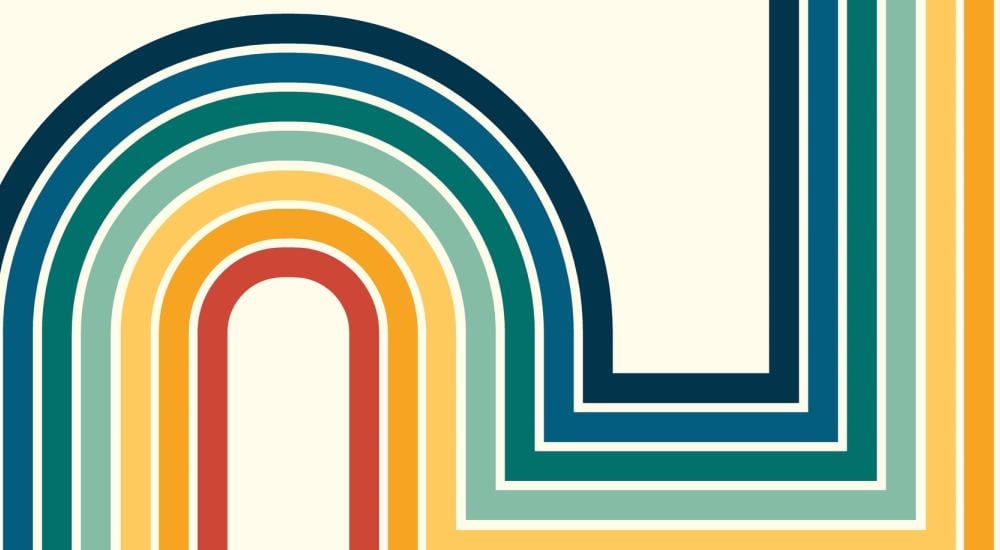An Inflection Point

When I started my graduate program in international affairs at the George Washington University (GW) in fall 2010, I was at a fork in the road: At the time, I was seriously considering either pursuing the U.S. Foreign Service or education abroad within higher education. One of the primary reasons I chose to study in Washington, D.C., was the wealth of opportunities available to consider both potential career fields.
I moved to the city as a newly minted graduate from the University of Florida (UF), having majored in Japanese and minored in Spanish. During my time at UF, I participated in an academic-year exchange at Kansai Gaidai University in Japan and volunteered as a study abroad peer adviser and with UF’s career services office in my final year. I had my first foray into international and higher education through these experiences, but knew I wanted to explore diplomacy too. Just before I moved to Washington, D.C., I was hired as a local staffer at the Embassy of Japan to support diplomats in the political section.
Finding Clarity
Working at the Embassy of Japan for that year was an invaluable experience: I saw diplomacy in action, I worked within Japanese culture, and I met colleagues that became friends. The Embassy of Japan provided a heightened intercultural working environment while living in the United States. Being a part of the embassy cemented my belief that diplomacy is invaluable as we navigate a world that is both increasingly interconnected and divided.
I also learned that a career in diplomacy was not for me, at least in terms of who I was at that time. Though I know that work is important, diplomacy felt far removed from more direct engagement in international education. There came a point at the end of my first year of my grad program where I took a step back to assess: What did I want to pursue? My answer was clearly international education, specifically education abroad.
Living in Washington, D.C., meant I could switch paths and connect with roles and opportunities to carve out my career in international education.
It was around this time that I was hired for a part-time graduate assistantship in the Office for Study Abroad at GW. Shortly after that, I found a second part-time position in the international education office of the Elliott School of International Affairs. The latter role connected me with Caroline Donovan White, who became a key mentor for me within education abroad.
This inflection point in my career became pivotal in retrospect; that second and final year of grad school, I worked full time across two study abroad offices, participated in two short-term faculty-led programs, networked with others in the Washington Area Study Abroad Network, and attended my first regional NAFSA conference in Philadelphia. Living in Washington, D.C., meant I could switch paths and connect with roles and opportunities to carve out my career in international education. Looking back at this time, I value having had all these roles and experiences, as they helped clarify the career path I wanted to forge.
Welcoming Newcomers into the International Education Fold
I appreciate that I began as a professional in the field of international education while steeped in mentorship and community. I enjoy the chance to mentor and welcome others, whether they are new to the field as a whole or transitioning into a new role or region. State, regional, and national conferences have been a great avenue to connect with other professionals in the field as a mentor and a mentee. One of my favorite things about international education as a field is that there is no one set career path but diverse ways one might enter the field. I have met a number of folks who were shaped by their own education abroad experiences, which is a wonderful point of entry, and I have met several that came to international education through other fields or through diverse personal experiences.
One of my favorite things about international education as a field is that there is no one set career path but diverse ways one might enter the field.
Here are some of my hopes for those who are new to the field and those who will join in the coming years:
Use your experiences and perspectives as a superpower.
Again, I love that there is no single entry point into international education. I was a first-generation college student and the first in my family to study abroad, and I draw on my experiences to help inform my work. Just as we ought to approach advising and our connection with students from an appreciative and strengths-based perspective, I hope we can appreciate and value these strengths from our colleagues and partners. Leverage what you bring to amplify your work.
Be eager to ask questions, particularly those about things that have “always been done that way.”
We are in a time where pivotal conversations are happening about the role of international and higher education related to critical issues like sustainability, social justice, international diplomacy, and global peace and security. Asking why, specifically from the perspective of those new to the field, can help advance these conversations and continue our work.
Identify your touchstones.
Any role, particularly within international education, can lead to burnout eventually. As someone who has been in the field for more than a decade now, I have identified my passions and what energizes me: student interaction and collaborating with other professionals in the field; creative projects for reflection, like digital storytelling and vision boards; drawing on my own international experiences as a student; and sharing with others. These are the things that energize me, but they will not energize everyone. Taking time to reflect on your values, passions, and interests can help you connect to your work when you are approaching burnout.
Nurture a growth mindset.
Just as we want our students to practice adaptability in their approach to international experiences, I hope those joining the field will carry through with the mindset that things will change. There’s no finish line for much of our work, only markers that help signal one application cycle is done, one study abroad fair is wrapped, one class year is graduated. School leadership, visa requirements, program portfolios, teams, majors, popular locations: All these things and more experience change.
When I moved to Washington, D.C., after graduation, I had no idea what was in store for me—only that I wanted to pursue a career with international implications. I hope the next generation of international educators learns from each experience that leads them to this work and that they benefit like I did from the strong values of mentorship and community in the field. •
Katie Pazda is the regional director of university relations at AIFS Abroad.
About International Educator
International Educator is NAFSA’s flagship publication and has been published continually since 1990. As a record of the association and the field of international education, IE includes articles on a variety of topics, trends, and issues facing NAFSA members and their work.
From in-depth features to interviews with thought leaders and columns tailored to NAFSA’s knowledge communities, IE provides must-read context and analysis to those working around the globe to advance international education and exchange.
About NAFSA
NAFSA: Association of International Educators is the world's largest nonprofit association dedicated to international education and exchange. NAFSA serves the needs of more than 10,000 members and international educators worldwide at more than 3,500 institutions, in over 150 countries.
NAFSA membership provides you with unmatched access to best-in-class programs, critical updates, and resources to professionalize your practice. Members gain unrivaled opportunities to partner with experienced international education leaders.















